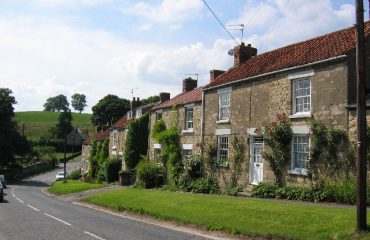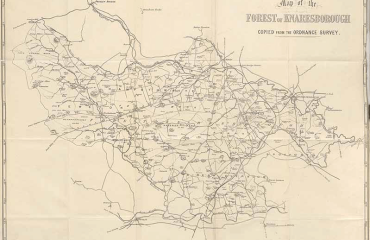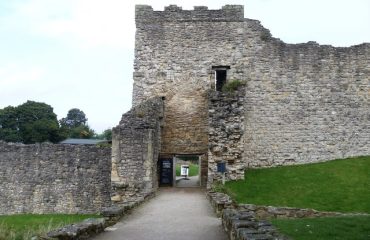Overview
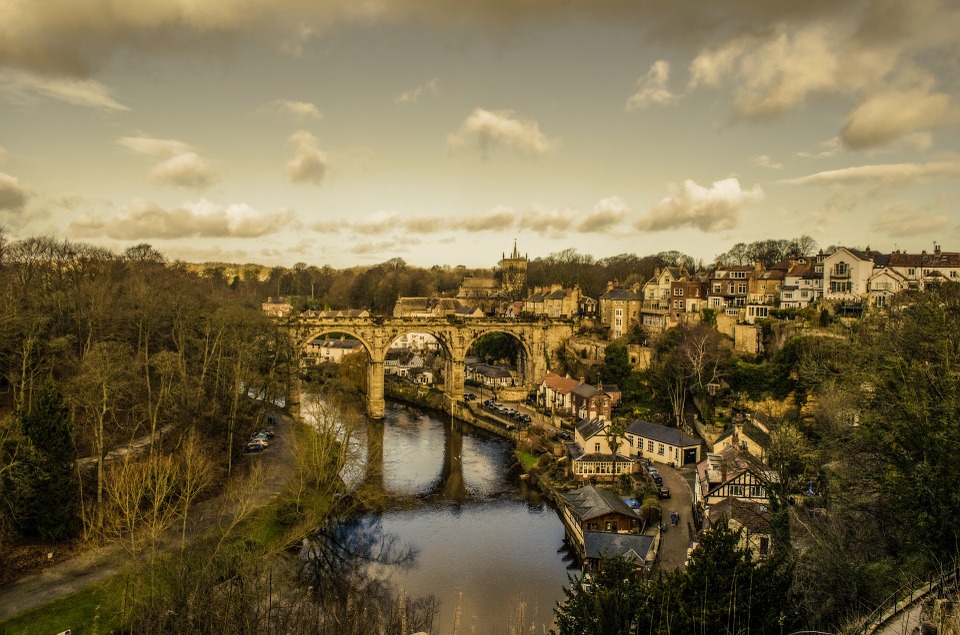
Settled on a gorgeous hill with the river Nidd below. Knaresborough is a quaint spa and market town with a population of around 15 and a half thousand people. With stunning stone architecture against a natural backdrop. Knaresborough is a jewel of the Harrogate borough. Its cobbled paths and stone staircases make this picturesque market town a great Yorkshire tourist destination. The river Nidd splits the town in half with the houses and cafes climbing a cliff like rise and the other side of the river being natural woodland, and a very famous petrifying well and cave.
Towns History

Knaresborough is first mentioned in the Domesday book as Chenaresburg, which meant Cenheards Fortress. The castle constructed on the side of the rise is of Norman design. The town started to grow around 1100. It provided a market and attracted traders to service the castle. In 1158 Knaresborough was granted to a Knight by the name of Hugh De Morville. A few years later in 1170 he was the leader of four knights who famously murdered Archbishop Thomas Becket in Canterbury. The four knights fled to Knaresborough and hid at the castle. Hugh de Morville forfeited the lands in 1173 not for the murder of the bishop but aiding a rebellion. The castle and township then passed through a few more people until in 1205 King John took the Honour of Knaresborough for himself. He distributed the first religious Maundy Money to the elderly in Knaresborough in 1210. Knaresborough forest is also famed to have been A favourite hunting place for King John, being among one of his preferred.
Castle History
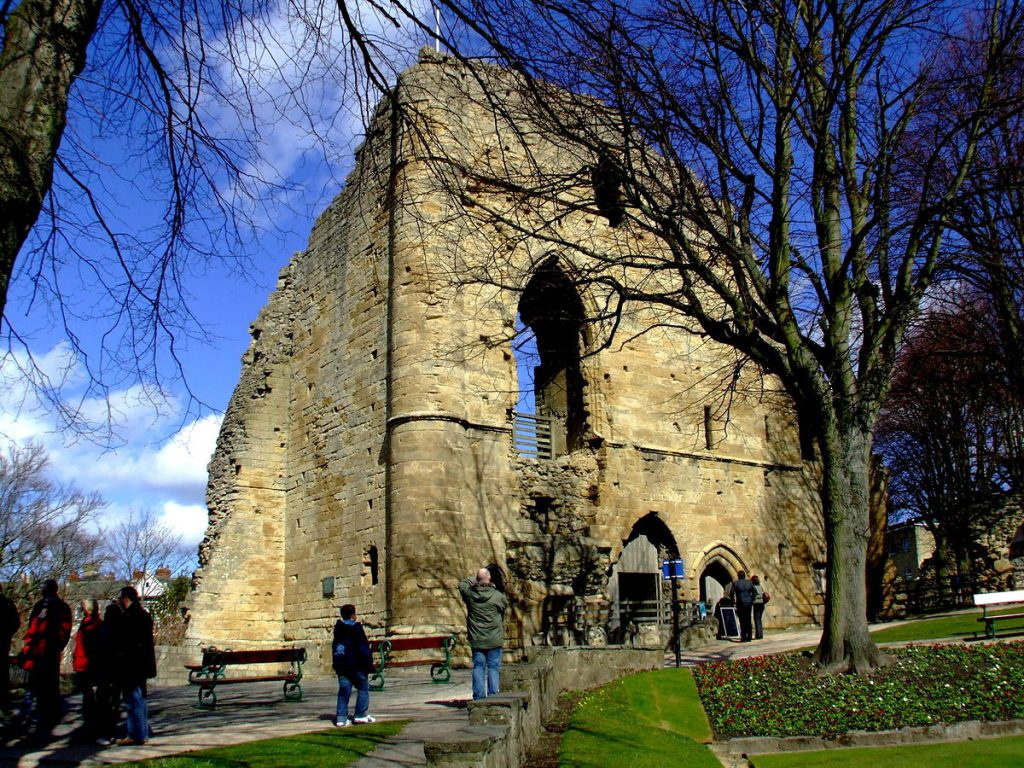
During the Reign of Edward the Second Knaresborough castle was occupied by rebels. This wasn’t the first major violent event due to Knaresborough’s defences. As Scottish forces pushed south, raiding much of the town and parish was burned or destroyed. Namely the parish church was destroyed only being restored later by Queen Phillippa. During the English civil war. After the battle of Marston moor, the castle was besieged by parliamentary forces. After it fell parliament ordered its destruction which commenced 2 years later. The majority of the destruction was carried out by the citizens. They looted the stone and many used it to build houses and buildings. Many of which in the town center can be seen today. This left behind the castle in the state we can see today mostly destroyed but with parts being left standing.
Modern Day
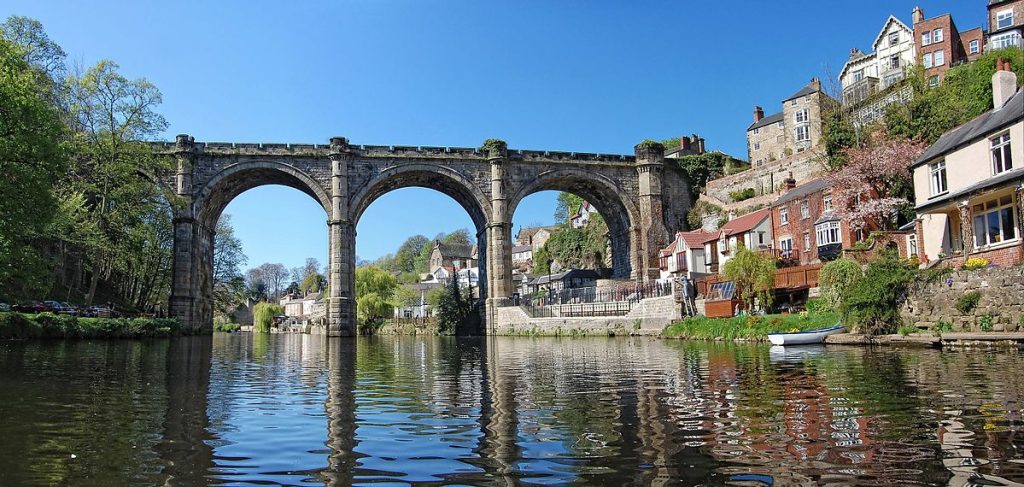
Knaresborough’s dawn of the modern world was when the railway age began. In 1848 Knaresborough opened a railway station on Hay Park Lane. However, this railway closed within three years and was replaced with the current railway station in 1851. The town had a second railway station until it was cut from the rail lines in 1950 and dismantled in 1964. The famous Viaduct was also opened around these times. However, it struggled it was supposed to open in 1848. But couldn’t as the first part of the construction fell into the river very near to completion. The completed viaduct is a striking part of the skyline of Knaresborough and a staggering addition to the Nidd gorge. It is an iconic landmark of the area gathering crowds of tourists with its 78ft Victorian arches. The town proper also contains the oldest pharmacy and possibly the oldest tourist attraction in England. Across from the town over the river Nidd is another famous tourist attraction, Mother Shipton’s cave. A soothsayer and prophetess who was apparently born in the caves on the site.

